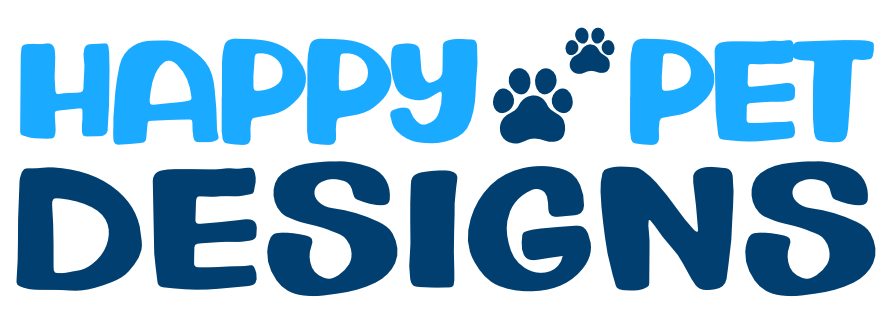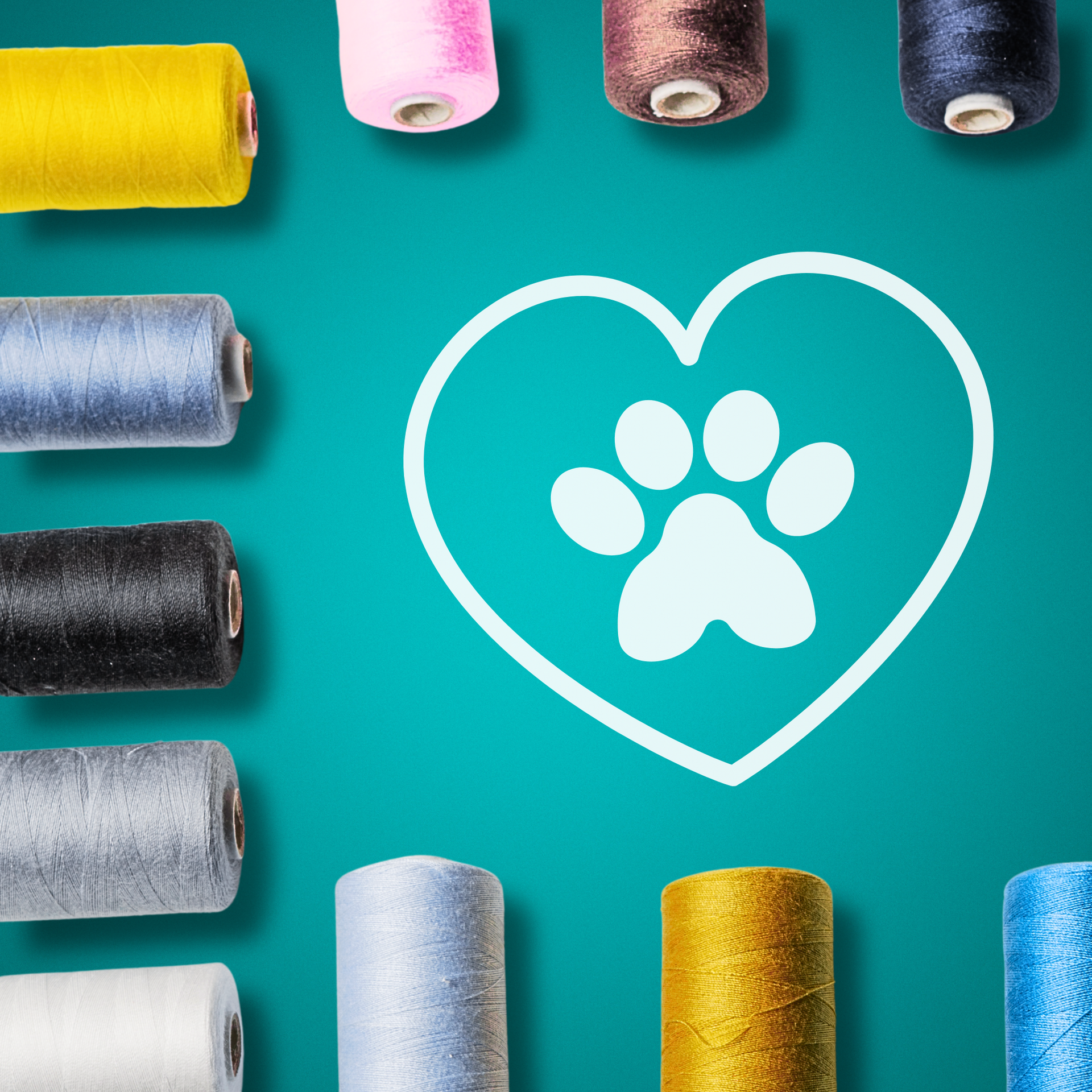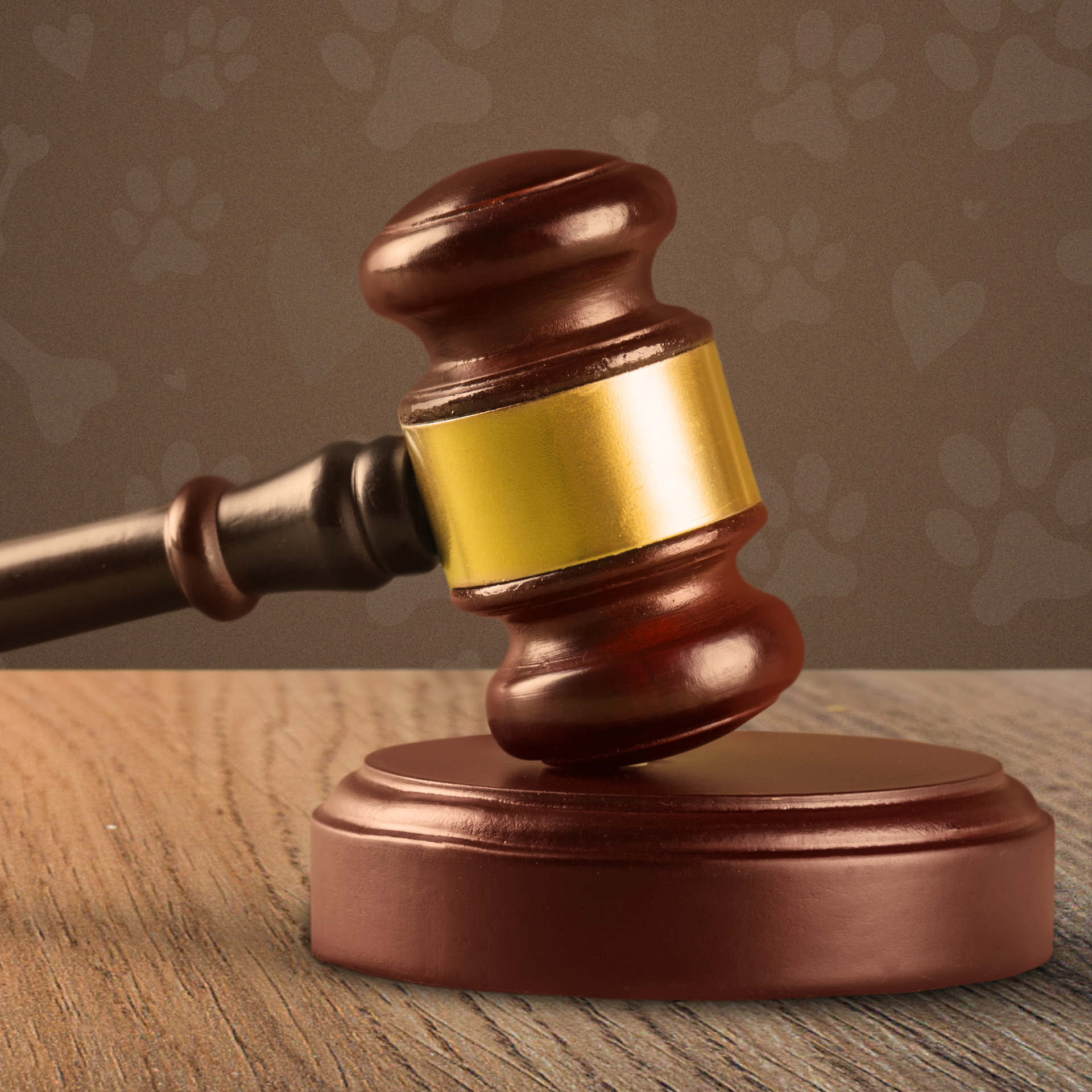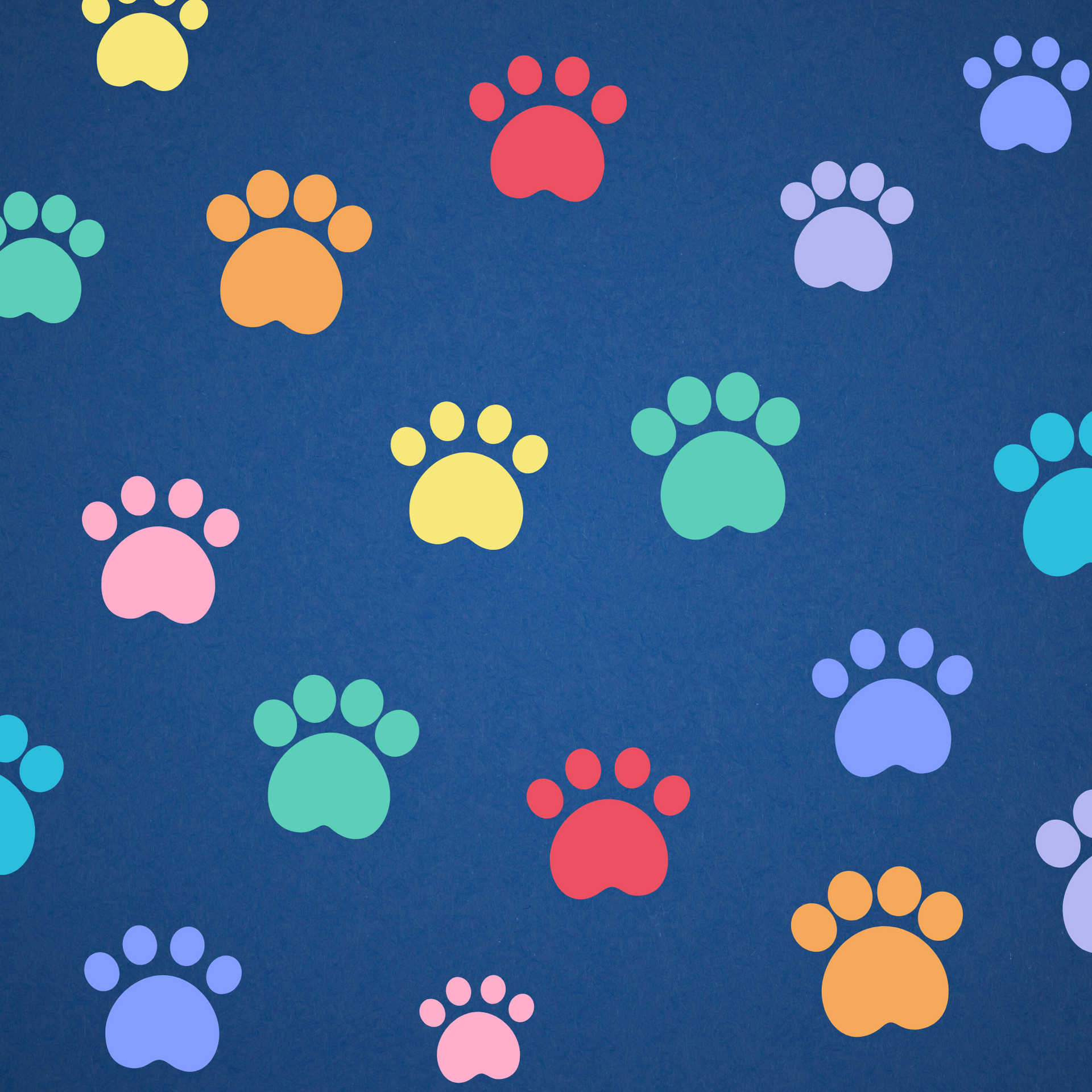How to Tell If a Pattern Is Seamless (And Why It Matters)
When you’re shopping for digital designs—whether for branding, packaging, textiles, or DIY projects—you’ve probably come across the term “seamless pattern.” It sounds appealing, but what exactly does it mean? And more importantly, how can you tell if a pattern is truly seamless before you use it in your project?
Let’s break it down.
What Is a Seamless Pattern?
A seamless pattern (also called a repeat pattern or tileable design) is a graphic that can be placed side by side—horizontally and vertically—without any visible breaks, lines, or awkward edges.
Think of it like wallpaper: each section repeats perfectly so you don’t notice where one ends and the next begins. This makes seamless patterns versatile for:
- Fabric printing
- Wrapping paper
- Product packaging
- Digital backgrounds
- Social media templates
When done right, the design flows endlessly, no matter how large you scale it.
Why Seamlessness Matters
If a pattern isn’t seamless, you’ll quickly notice:
- Visible lines or edges where the design repeats
- Mismatched elements (like a cut-off paw print or tail that doesn’t align)
- Distracting breaks that ruin the flow
These issues can make a project look unprofessional. For brands, it can even hurt credibility—customers notice when designs feel “off.” Seamlessness ensures your final product looks polished, consistent, and intentional.
How to Tell If a Pattern Is Seamless
Here are a few simple ways to check:
1. Look for the Repeat
Open the pattern file and duplicate it side by side (many design programs like Photoshop, Illustrator, Canva, or Procreate make this easy). If you see obvious lines or cut-offs where the tiles meet, it’s not seamless.
2. Check the Edges
Examine the edges of the file. Do shapes, lines, or motifs “cut off” awkwardly? In a true seamless pattern, those cut-off areas will perfectly continue on the opposite side. For example, half a paw print on the right edge should connect with the other half on the left edge.
3. Test at Different Scales
Zoom out or scale the pattern larger to see how it repeats across a wider surface. Sometimes a design looks fine up close, but zooming out reveals jarring repetition or misalignment.
4. Look at the Seller’s Preview Images
Professional pattern designers usually provide mockups that demonstrate the repeat in action (on fabric, packaging, or full digital backgrounds). If you only see a single “swatch” without examples of it repeating, that could be a red flag.
5. Check the File Details
- File Types: Seamless patterns are often delivered as JPG, PNG, or vector tiles in consistent sizes.
- Included Instructions: Many sellers note “seamless” or “repeat” in their descriptions—if it isn’t mentioned, ask before purchasing.
Why Buying Seamless Is Worth It:
- Saves Time: No need to manually align, crop, or fix mismatched edges.
- Professional Results: Your final product looks clean and polished.
- Versatility: One tile can be scaled for endless uses—from small labels to large backdrops.
- Better Branding: Consistency helps your brand look cohesive across platforms.
The Bottom Line
A seamless pattern is more than just pretty artwork—it’s a design tool that saves time, prevents headaches, and makes your projects look professional. By knowing what to look for (edges, repeats, scale, and seller previews), you can confidently choose patterns that will enhance your products and brand.
At Happy Pet Designs, every pattern is production-ready, seamless, and paw-approved—so you can spend more time creating and less time fixing broken repeats. We also know that different projects and software have different needs: sometimes you’ll need a full pattern image, other times a perfectly tileable sample. That’s why we include both—full-size JPG and PNG images, plus the repeat swatch—so you always have the right file for the job. If you need specific dimensions that aren’t included in the pattern ZIP folder, simply reach out and we’ll be happy to provide the exact size you need for your project.










